CONTENTS
INTRODUCTION
CHAPTER 1: The Tao of UXD
What Is User Experience Design?
The Broad Definition
Don’t Forget the Tangible
Our Focus
About UX Designers
Where UX Designers Live
Let’s Get Started!
CHAPTER 2: The Project Ecosystem
Identify the Type of Site
Brand Presence
Marketing Campaign
Content Source
Task-Based Applications
E-Commerce Sites
E-Learning Applications
Social Networking Applications
Mobile Sites and Applications
Choose Your Hats
Information Architect
Interaction Designer
User Researcher
Other Roles You May Play or May Need
Building a Network of User Advocacy
Understand the Company Culture
History
Hierarchy
Logistics
Pulling It Together
CHAPTER 3: Proposals for Consultants and Freelancers
Proposals
Creating the Proposal
Title Page
Revision History
Project Overview
Project Approach
Scope of Work
Assumptions
Deliverables
Ownership and Rights
Additional Costs and Fees
Project Pricing
Payment Schedule
Acknowledgment and Sign-Off
Statements of Work
CHAPTER 4: Project Objectives and Approach
Solidify Project Objectives
How Can a UX Designer Help?
Understand the Project Approach
Waterfall Approach
Agile Approaches
Modified Approaches
How Does the Approach Affect Me?
CHAPTER 5: Business Requirements
Understand the Current State
Heuristic Analysis
Gather Ideas from Stakeholders
Outline Responsibilities
Gather the Right Stakeholders
Create a Plan for the Meetings
Sales: Requirements-Gathering Meeting
Run the Meetings Effectively
Coalescing Requirements
CHAPTER 6: User Research
Basic Steps of User Research
Define Your User Groups
Create a List of Attributes
Prioritize and Define
Choosing Research Techniques
How Many Research Activities Can I Include?
User Interviews
Contextual Inquiry
Surveys
Focus Groups
Card Sorting
Usability Testing
After the Research
CHAPTER 7: Personas
What Are Personas?
Why Create Personas?
Finding Information for Personas
Creating Personas
Minimum Content Requirements
Optional Content
Advanced Personas
Guerrilla Personas: The Empathy Map
Final Thoughts on Personas
CHAPTER 8: Content Strategy
Why Do You Need Content Strategy?
When Do You Need Content Strategy?
Who Does Content Strategy?
How Long Does Content Strategy Last?
This Sounds Familiar…
Tools of the Trade
The Artifacts
What is the One Artifact You Need?
Additional Resources
Things to look Out For
CHAPTER 9: Transition: From Defining to Designing
Ideate and Visualize Features
The Basic Process of Storyboarding
Facilitate the Prioritization Process
Maintain a Good Tension
The Development Advocate
Managing Conflict During Prioritization
Plan Your Activities and Documentation
CHAPTER 10: Design Principles
Visual Design
Unity and Variety
Hierarchy and Dominance
Economy of Elements
Proportion and Balance
Interaction
Associations and Affordance
Economy of Motion
Response
Psychology
The Effect of Attractive Design
Flow & Game Design
Social Proof
Creating Your Own Guiding Principles
CHAPTER 11: Site Maps and Task Flows
Tools of the Trade
Basic Elements of Site Maps and Task Flows
Page
Pagestack
Decision Point
Connectors and Arrows
Conditions
Common Mistakes
Sloppy Connections
Misaligned and Unevenly Spaced Objects
Poorly Placed Text
Lack of Page Numbering
The Simple Site Map
Advanced Site Maps
Breaking the Site Map Mold
Task Flows
Taking Task Flows to the Next Level
Swimlanes
CHAPTER 12: Wireframes and Annotations
What Are Annotations?
Who Uses Wireframes?
Creating Wireframes
Tools of the Trade
Start Simply: Design a Basic Wireframe
Getting Started
The Wireframes and Annotations
Creating Wireframes: A Sample Process
What is This Sketching You Mention?
Into the Digital: Wireframes
Into the Digital: Visual Design
Hey, What About This Responsive Design Stuff I Hear About?
Wireframes Vs. Prototypes
Which Design Is Right?
A Final Note on Presenting Wireframes
CHAPTER 13: Prototyping
How Much Prototype Do I Need?
Paper Prototyping
Digital Prototyping
Wireframe vs. Realistic Prototypes
HTML vs. WYSIWYG Editors
Additional Tools for Prototyping
Working with a Developer
Prototype Examples
What Happens After Prototyping?
CHAPTER 14: Design Testing with Users
Exploring Visual Design Mock-Ups
Choosing a Design Testing Approach
Qualitative Research vs. Quantitative Research
In-Person Research vs. Remote Research
Remote Research Considerations
Moderated Techniques vs. Automated Techniques
Usability Testing
Planning the Research
Recruiting and Logistics
Writing Discussion Guides
Facilitating
Analyzing and Presenting Results
Creating Recommendations
CHAPTER 15: Transition: From Design to Development and Beyond
Almost Done…
Visual Design, Development, and Quality Assurance
Design Testing with Users (Again)
10, 9, 8, 7, 6, 5, 4, 3, 2, 1 … Launch!
Personal Advantage
Support
Network Opinion
Postlaunch Activities
Postlaunch Analytics
Postlaunch Design Testing with Users (Again, Again)
CHAPTER 16: A Brief Guide to Meetings
The Agenda
Meeting Rules
After the Meeting
Dealing with Nonconformers
A Final Note on Meetings
All Done, Right?
Just Like Starting Over…
INDEX
A
B
C
D
E
F
G
H
I
J
K
L
M
N
O
P
Q
R
S
T
U
V
W
Y
Z
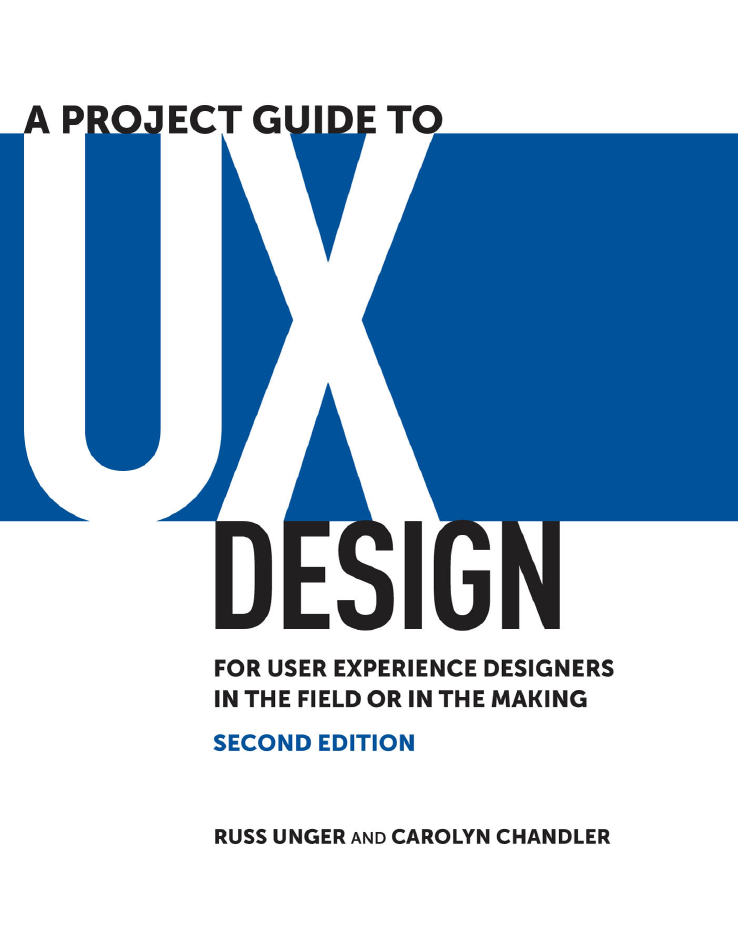
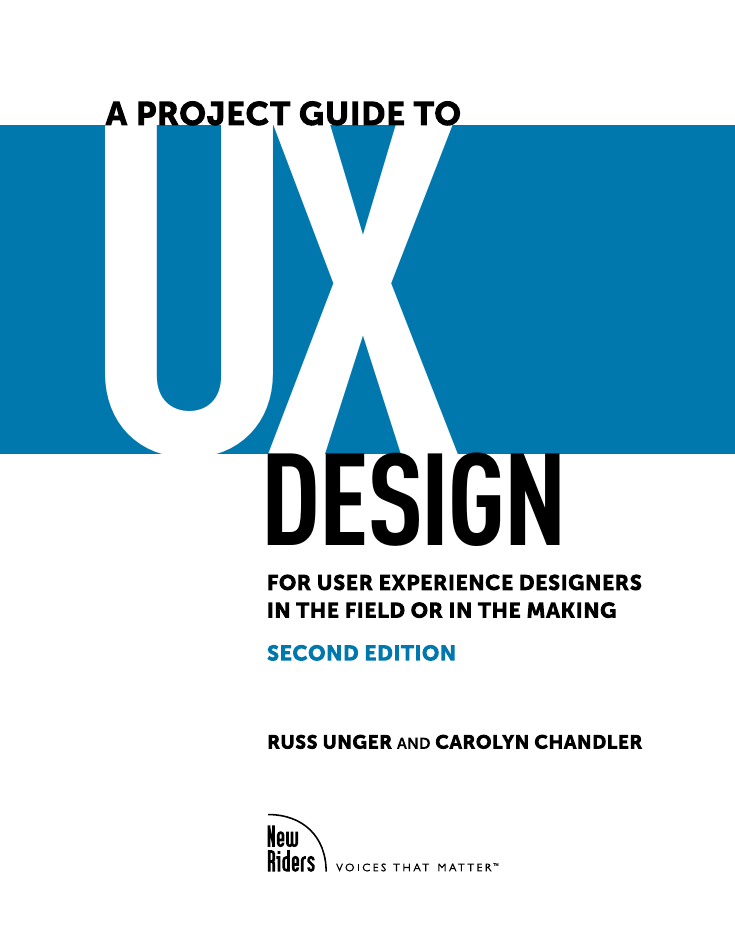
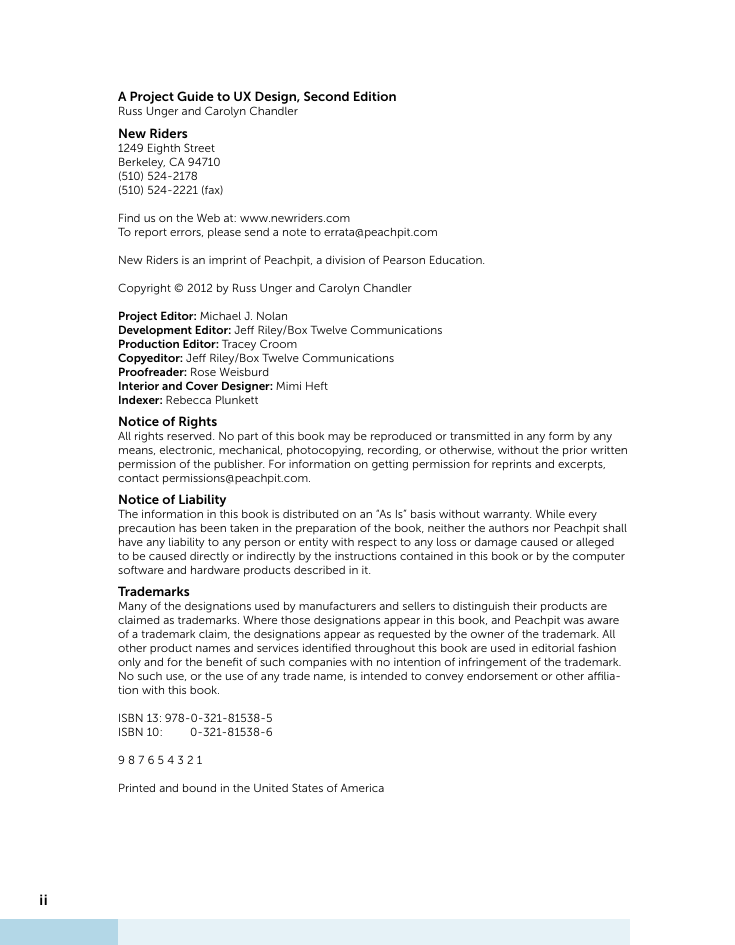
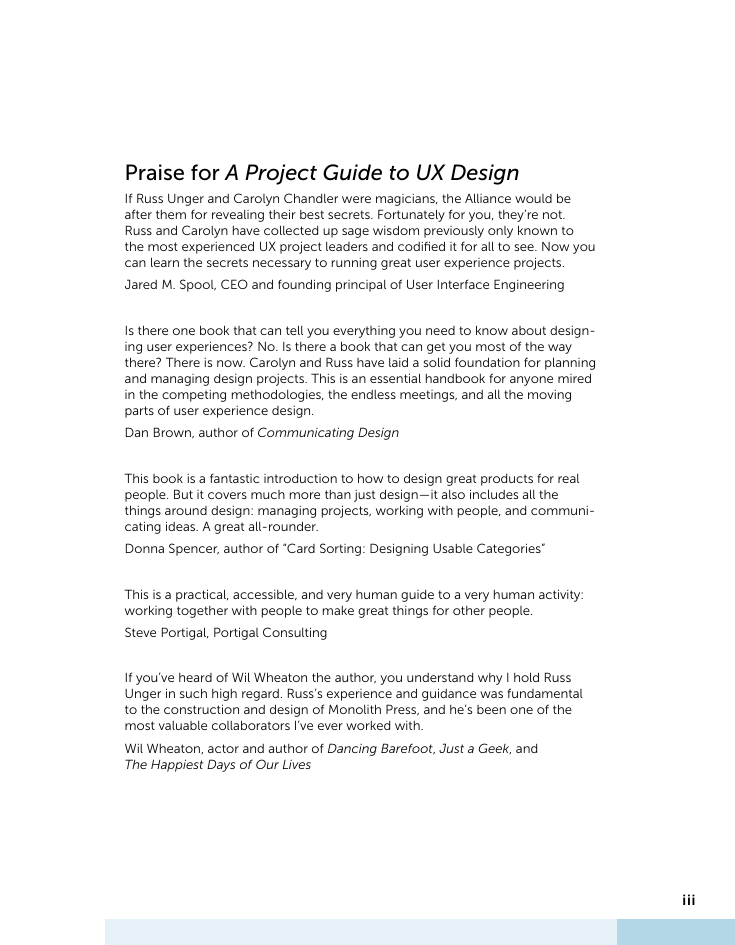
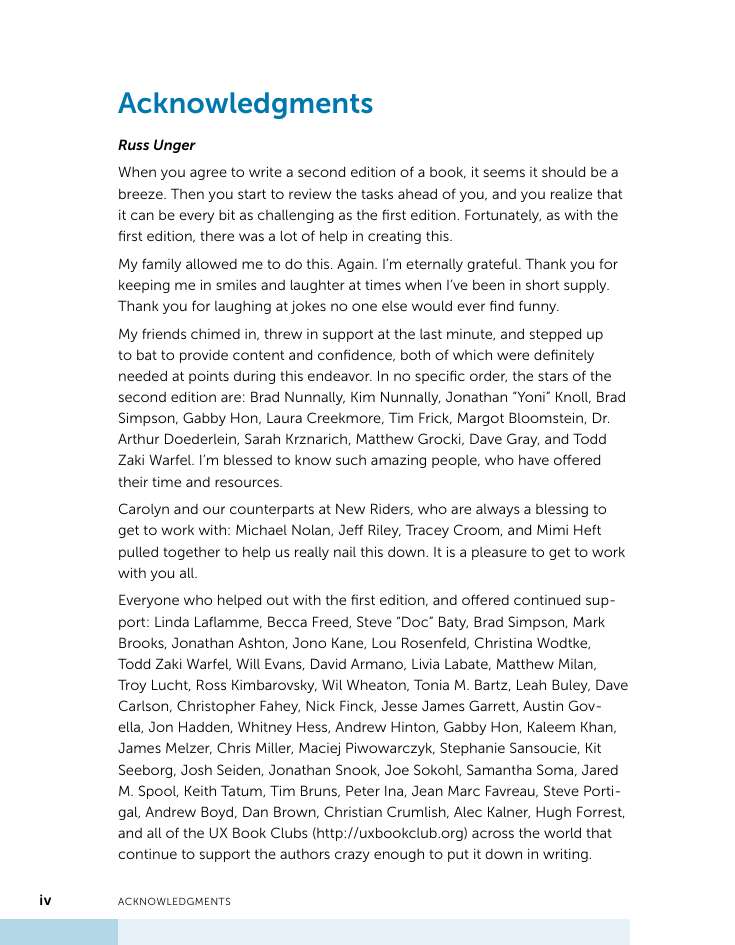
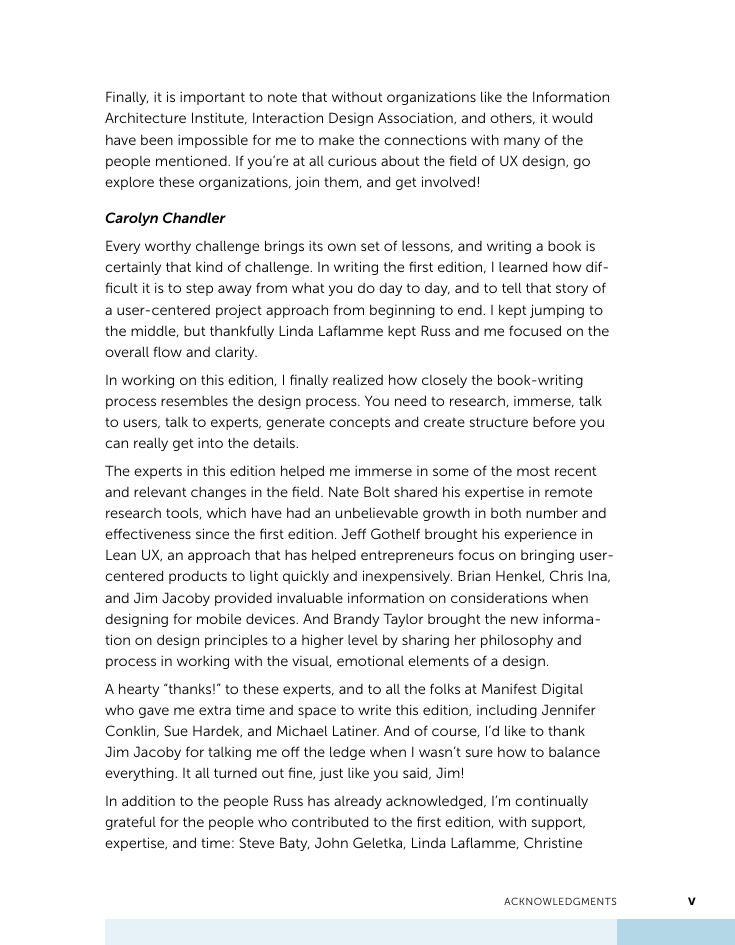
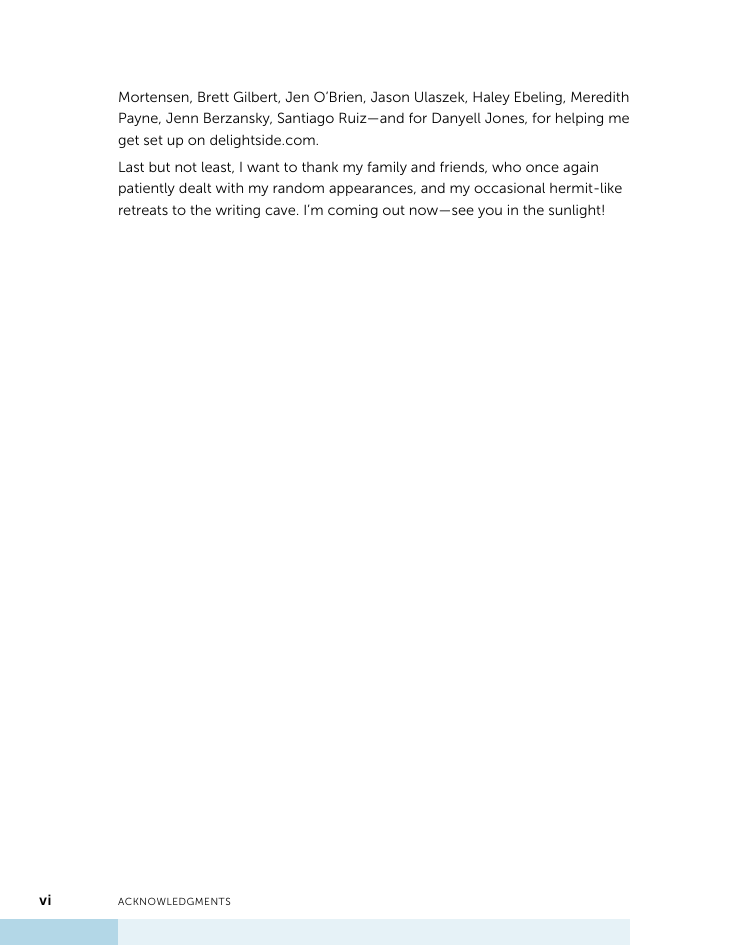
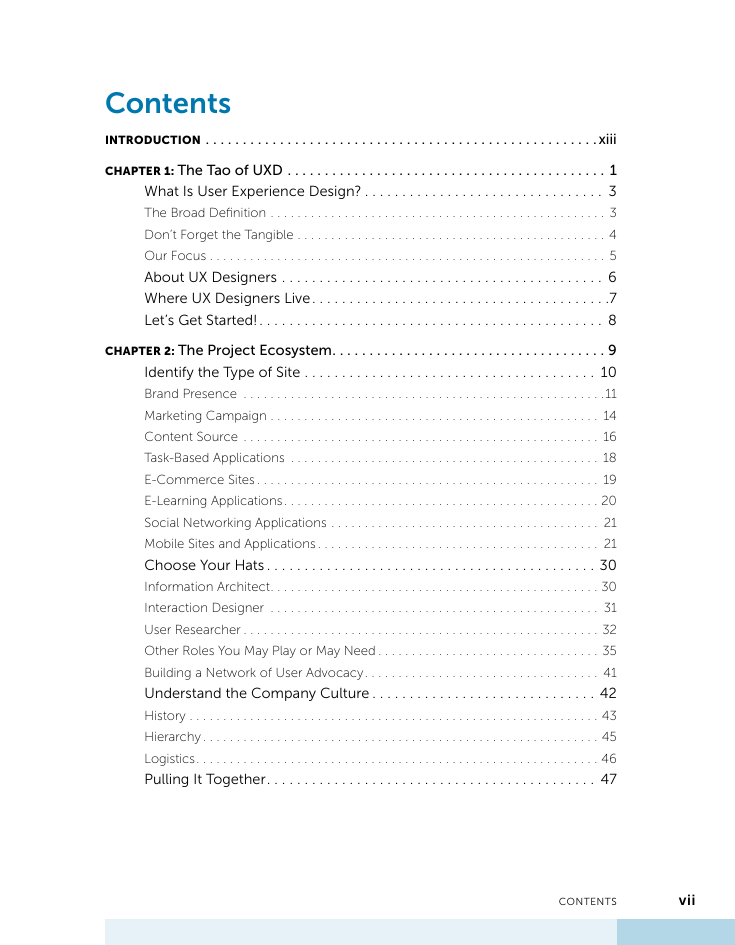








 2023年江西萍乡中考道德与法治真题及答案.doc
2023年江西萍乡中考道德与法治真题及答案.doc 2012年重庆南川中考生物真题及答案.doc
2012年重庆南川中考生物真题及答案.doc 2013年江西师范大学地理学综合及文艺理论基础考研真题.doc
2013年江西师范大学地理学综合及文艺理论基础考研真题.doc 2020年四川甘孜小升初语文真题及答案I卷.doc
2020年四川甘孜小升初语文真题及答案I卷.doc 2020年注册岩土工程师专业基础考试真题及答案.doc
2020年注册岩土工程师专业基础考试真题及答案.doc 2023-2024学年福建省厦门市九年级上学期数学月考试题及答案.doc
2023-2024学年福建省厦门市九年级上学期数学月考试题及答案.doc 2021-2022学年辽宁省沈阳市大东区九年级上学期语文期末试题及答案.doc
2021-2022学年辽宁省沈阳市大东区九年级上学期语文期末试题及答案.doc 2022-2023学年北京东城区初三第一学期物理期末试卷及答案.doc
2022-2023学年北京东城区初三第一学期物理期末试卷及答案.doc 2018上半年江西教师资格初中地理学科知识与教学能力真题及答案.doc
2018上半年江西教师资格初中地理学科知识与教学能力真题及答案.doc 2012年河北国家公务员申论考试真题及答案-省级.doc
2012年河北国家公务员申论考试真题及答案-省级.doc 2020-2021学年江苏省扬州市江都区邵樊片九年级上学期数学第一次质量检测试题及答案.doc
2020-2021学年江苏省扬州市江都区邵樊片九年级上学期数学第一次质量检测试题及答案.doc 2022下半年黑龙江教师资格证中学综合素质真题及答案.doc
2022下半年黑龙江教师资格证中学综合素质真题及答案.doc